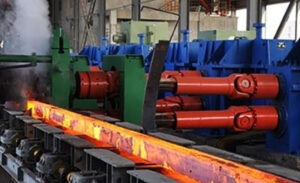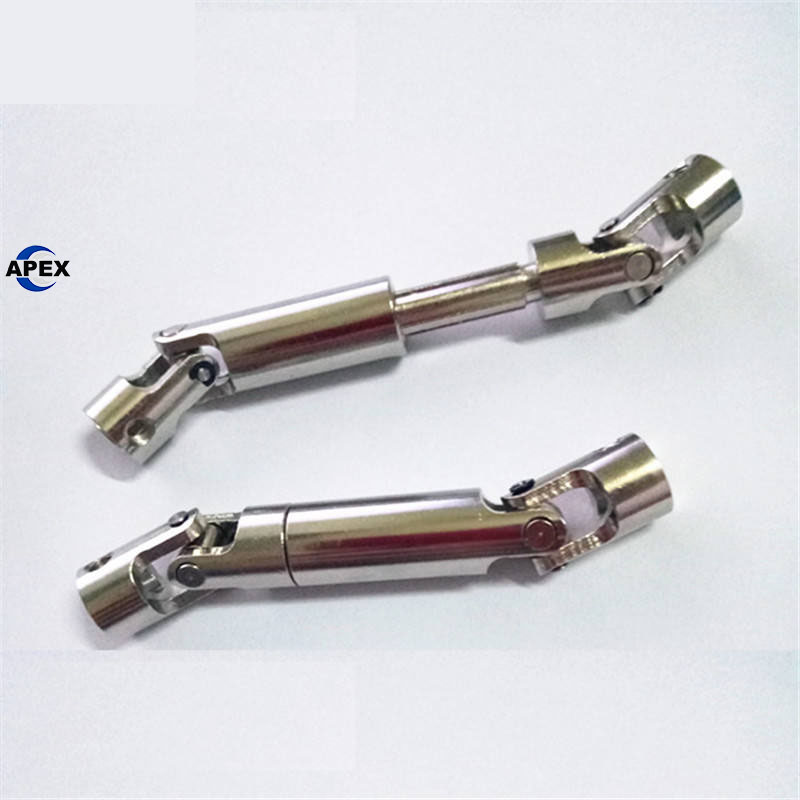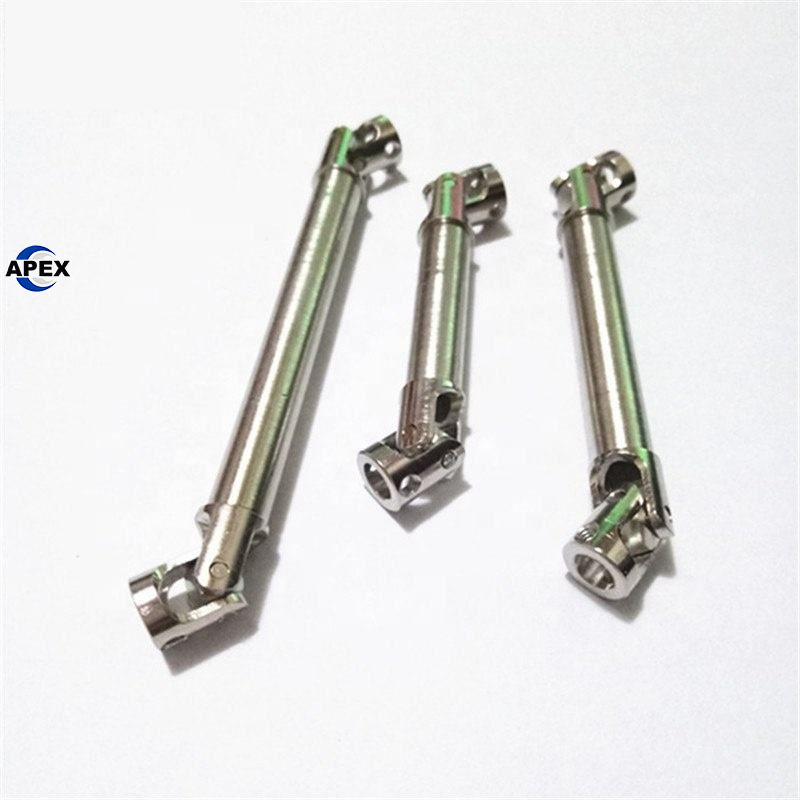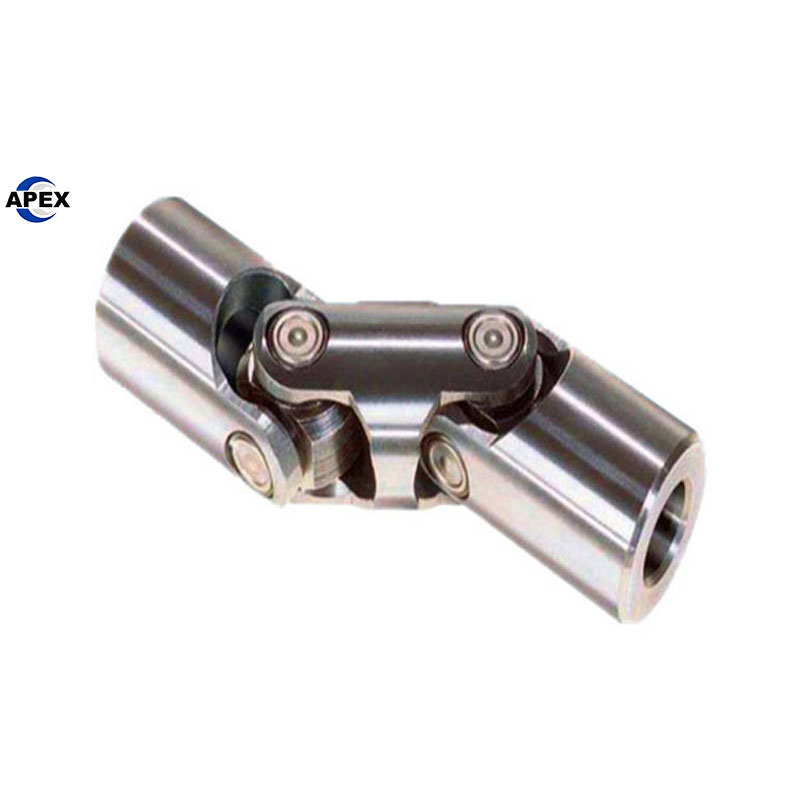OEM ODM Couping manufacturer.
Apex Coupling: Your OEM/ODM Partner for High-Performance Flexible Shaft Couplings. We provide custom-designed, durable couplings for various industries, ensuring perfect fit and reliable power transmission. Get your solution now!
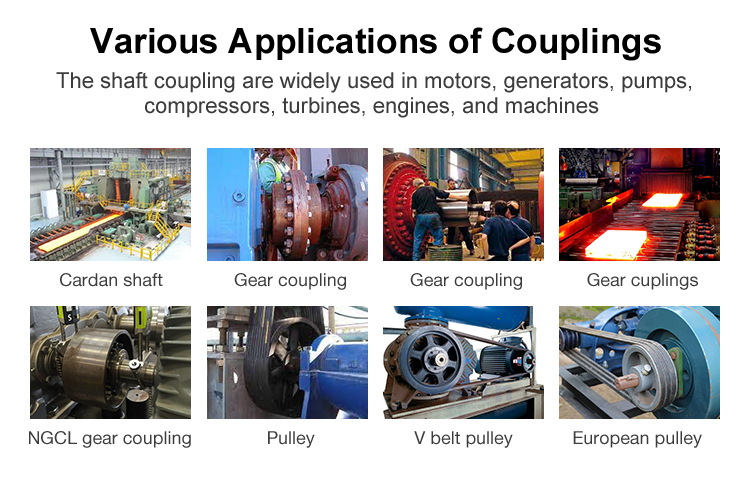
How to choose universal joint coupling?
A 5-Step Guide to Selecting a Universal Joint Coupling
Step 1: Confirm a U-Joint is the Right Choice
U-Joints are unique. Choose one when your primary need is:
Very High Angular Misalignment (≥15°): They excel where other couplings fail, handling angles up to 30-45° depending on the design and speed.
Changing Operating Angles: Applications where the angle between shafts changes during operation (e.g., vehicle suspension).
Do NOT choose a U-Joint if:
You need constant velocity. A single U-Joint causes speed and torque fluctuation, which requires a second joint to cancel out.
Your primary misalignment is parallel. U-Joints are not designed for this.
Step 2: Analyze the Operating Angle & Velocity Variation
This is the most critical, unique step for U-Joints.
The Fundamental Rule: A single universal joint does not transmit a constant velocity. The output speed and torque fluctuate cyclically twice per revolution.
The Solution:
For constant velocity, you must use two U-Joints in an assembly, with the intermediate shaft yokes correctly phased.
The working angle on both ends of the intermediate shaft should be as equal as possible (within 1-3°) to cancel out the velocity fluctuation.
Maximum Single Joint Angle: The higher the operating angle, the greater the velocity fluctuation and wear. Consult manufacturer charts for the recommended max angle for your speed.
Step 3: Determine Key Application Parameters
Gather these details with precision:
| Parameter | Why It’s Critical for U-Joints |
|---|---|
| Torque (Peak & Continuous) | Determines the size and series. U-Joints must handle the peak torque, especially the high inertial loads from speed fluctuation. |
| Speed (Max. RPM) | High speeds dramatically reduce the permissible operating angle due to balance and centrifugal force concerns. |
| Operating Angle | The definitive parameter. You must know both the maximum and average operating angle. |
Step 4: Select the U-Joint Type & Configuration
Single Joint vs. Double Joint (Constant Velocity):
Single Joint: Use only if speed fluctuation is acceptable (e.g., manual controls, low-speed actuators).
Double Joint (CV Assembly): Essential for any application requiring smooth, constant output speed (e.g., drive shafts, PTO shafts).
Material & Lubrication:
Steel: Standard for high torque and durability. Requires periodic lubrication.
Stainless Steel: For corrosion resistance in marine, food, and chemical environments.
Maintenance-Free: Joints with pre-lubricated and sealed needle bearings for life. Ideal for hard-to-reach locations.
Step 5: Finalize with a Specialized Supplier
U-Joint selection is highly specialized. Choose a supplier who provides:
Precise Angle/Torque/Speed Charts: These are essential for correct sizing.
Engineering Support: They can help you correctly phase a double joint assembly.
Customization: Ability to provide specific bore sizes, yoke styles, and shaft connections.
Summary: When to Choose a Universal Joint Coupling?
Choose a U-Joint if your application has:
Very large angular misalignment (over 15°).
A changing angle during operation.
A need for a compact, robust solution for shaft connections.
Common Applications:
Automotive, Truck, and Marine Drive shafts
PTO (Power Take-Off) Shafts for agricultural and industrial equipment
Rolling Mill Drives
Control Systems and Actuators (e.g., for aircraft, valves)
Final Recommendation: The key to selecting a U-Joint is understanding and managing its inherent velocity fluctuation. For any application beyond a simple, low-speed control rod, plan on using a constant velocity double-joint assembly. Always provide the torque, speed, and exact operating angles to the manufacturer for a verified selection.
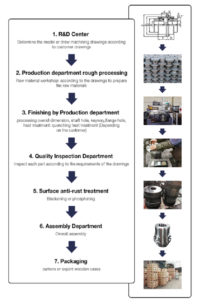
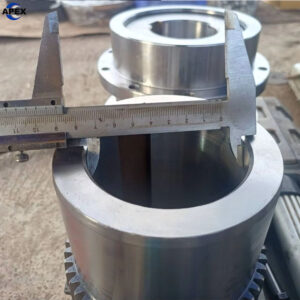
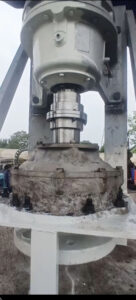
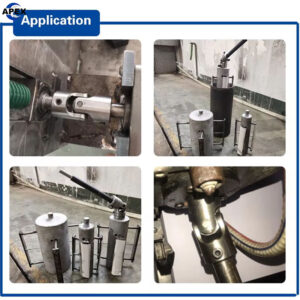
Customization options, customized on demand, sample processing, graphic processing.
Product Support traceability of raw materials
Quality control conducted on all production lines.
R&D engineer education levels3 graduate
Choose Confidence. Choose Safety.
Contact us today to discuss how our certified quality and safety standards can protect your operations. Request a quote and receive full technical data sheets for your evaluation.
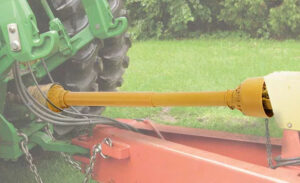
Our Commitment to You:
We guarantee that every coupling leaving our facility is built to perform safely and reliably. Our quality is not just a promise—it’s a result of a systematic, verifiable process built into everything we do.
